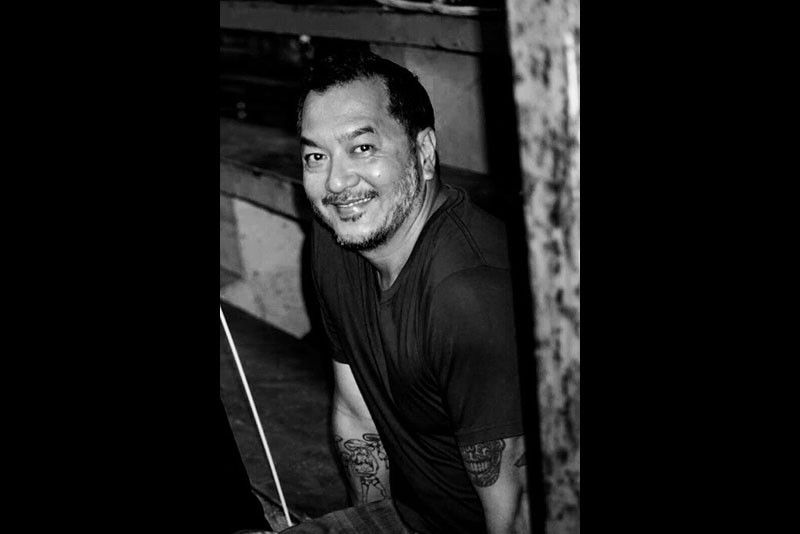Collecting the uncollected

MANILA, Philippines - I’m a “collector.” One with very meager means, so I had to improvise. I had to collect the uncollected.
And at that time, nobody wanted to buy contemporary art, so I pretty much had first choice on everything. The Internet was getting big and art books were finally flowing in; art students where getting inspired to make contemporary art parallel to elsewhere in the world.
It was a great time.
I used to make my own art — a bit cheeky and remarkably happy. I never went to art school so my works were “naive.” High in confidence, low in skill. That was when I saw this new art being made around me. Art that I myself couldn’t make, so that was when I decided to start buying.
I first made friends with the artist, found out what they were about, tried to understand their art, their motivations and inspirations. Then, whenever I could, I bought artworks! Not to invest, not even to hang them (because at that time I had no walls to put them on) — but purely for love. To possess a thing of beauty. To own something I could not make myself. To collect!
The first works I bought were from the Salingpusa group: I was a big fan of Elmer Borlongan, Mark Justiniani and Karen Flores. Alfredo Esquillo and Louie Cordero were also early favorites.
When I look back at all the art I owned and all that I now possess, my favorites have always been the ones that I bought from sheer desire and love, not the works that I thought were sensible and would make a good investment. These are the works that gave me a hard time, the works I couldn’t understand at first. Those are the works that stick to your soul. Other works, once bought, you quickly forget. The thrill of the 1,000 percent profit I made from auction sales quickly fades, but the good works linger. They always stay at the back of your mind.
I find it amusing that some people refer to the works I have as disturbing and dark. Most of my biggest regrets and remorse in art are for those works that I didn’t acquire because, at that time, I found them too disturbing and dark. All the Dalenas and Onibs I passed on, all those Venturas I could have owned. Even with my favorite artist Jojo Legaspi — I passed on his major oil works because I was afraid.
I think works that challenge and disturb you, that interrupt your daily existence and don’t just blend in, are the works worth keeping. And more often than not, history will be on your side, and then the money will follow.
I knew the works I chose for the Julius Bär event were not “pretty.” Not right for every banker’s portfolio. But I also knew the guys from Julius Bär would not be afraid. Their collaboration with Art Fair Philippines is important for contemporary art in the Philippines. It highlights and stresses the important relationships between art and finance, between investments and intuition.
That art must be encouraged not with conditions or rules but with faith and gung-ho spirit.
Yes, contemporary art is alive and well in the Philippines.
In putting together the Julius Bär “show,” I chose works that would incite a reaction, to put a little spice in the cocktails, a lump in their throats. I wanted to show that there was a world of art away from the superstars (even if just a few of them were represented). I purposely did not include titles and names of the work. I wanted the viewing to be pure, and without preconceived ideas about the artists.
A lot of the pieces were disliked — until they found out the names of the artists. That was the point of the show for me: to show the difference between buying for love and investing. Both are noble pursuits, but different.
Each has a different message and meaning to me every time I gaze upon a particular piece. It is a reflection mostly of my current state of mind, more than that of the artist’s. The artworks nudge and play with your feelings. And when put in close proximity with each other, they change. They play different roles. They morph and speak. They refuse to be ignored.















